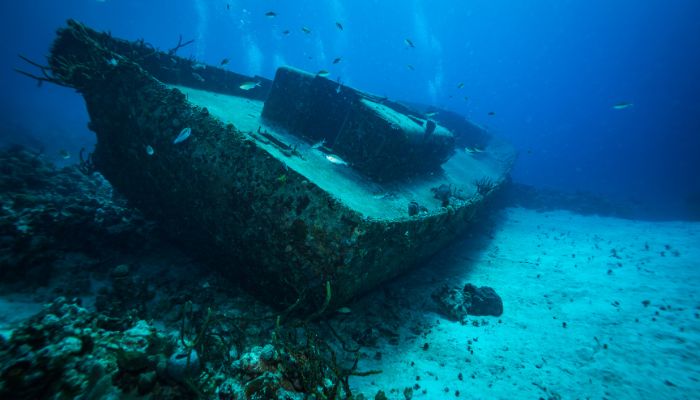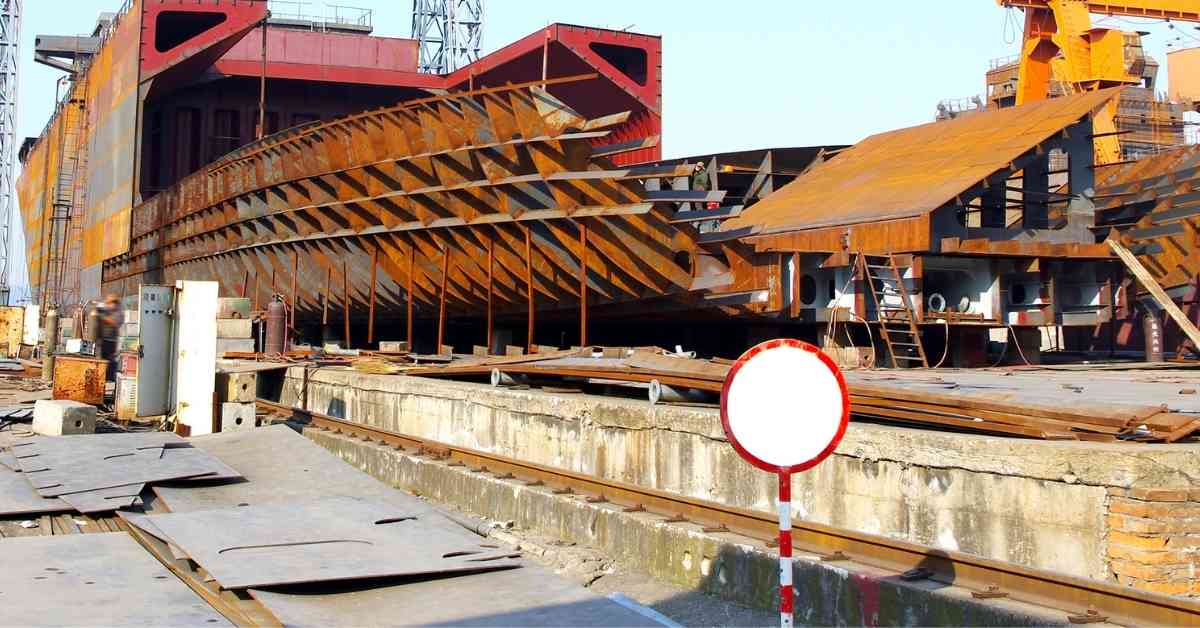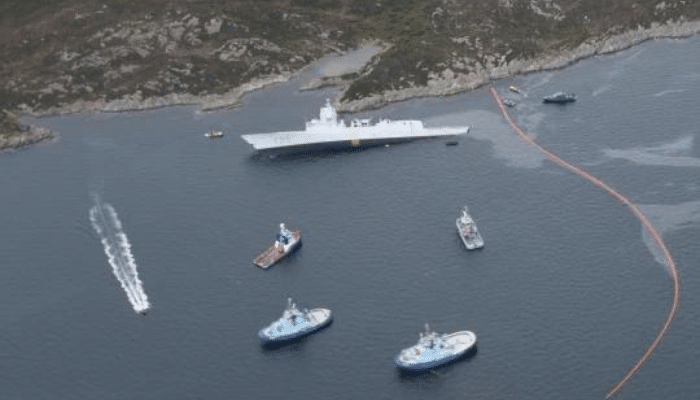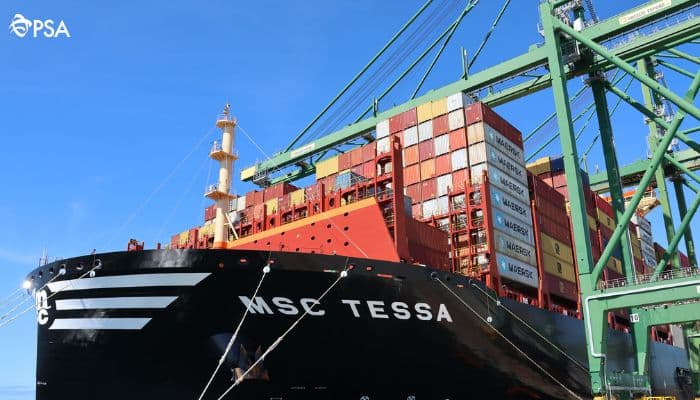

In an unforeseen discovery of the South China Sea, some marine researchers from China have found three ancient trading vessels.
The wreck was discovered in the massive waterway between the Xisha Islands, also famous as the Paracels, claimed by Vietnam and China’s southern coast, per a report put forward by CCTV on Sunday.
Mass surveillance was used by engineers and scientists from more than ten research institutes, and per some observers, this could also be beneficial to the Chinese military.


Per the report, over 60 artefacts were discovered, inspected, and pulled from depths of almost 3000 meters, including pottery, purple pottery, porcelain, wooden planks, and copper coins.
The survey scope was unexpected, per the team, and was conducted from two of China’s largest research vessels. They can search 100 sq km daily using new sonar technology and hardware, picking up objects as long as a meter.
Chen Chuanxu, the lead engineering scientist on the assignment and an associate researcher at the Institute of Deep-Sea Science and Engineering of the Chinese Academy of Sciences, said that the team delved thrice deeper than in the earlier surveys for greater efficiency. This is owing to advanced collaboration between humans and robots.
An uncrewed underwater vehicle captures the images of located objects with towed sonar.
A manned deep dive can also be arranged for advanced underwater verification, extraction, and confirmation provided any worrisome cultural relics or sunken vessels are seen in any photograph,” Chen said.
Video recordings captured by the deep-diving crew members and broadcast on CCTV showed the people taking laser scans of a suspected ship’s hull, collecting some sediment samples for analysis, and utilizing a mechanical arm to extract some fragile items like pottery.
Further investigation is needed per Deng Qijiang, the deputy director of the Institute of Underwater Archeology. Nevertheless, he also stated that the most recent survey had established a set of deep-sea workflows of archaeological investigation and will be paving the way for more advanced and detailed exploration and discovery of deep-sea cultural remains underwater in the future.
Per a sonarologist from Beijing, who was not part of the project but is aware of the technology, survey techniques will be able to find military equipment that other countries might have hidden on the ocean floor.
The sonarologist further claimed that the US military had introduced many deep-sea instruments that could be used in highly disputed areas like the South China Sea.
One of these is the upward falling payload, a piece of equipment that may be anchored to the ocean floor over 2,000 meters below the surface and can also be left that way for five years.
Per the US Defense Advanced Research Projects Agency, one of the major funders of the technology, the six-meter equipment can be activated anytime, anywhere. It can send drones, sensors, or missiles to the surface where they can gather intelligence, serve as, or even direct attacks on the enemy positions.
According to expert sonarologists, other military seabed equipment could also track submarine activities, generate signs for underwater navigation, or be a hub for drone charging.
By 2025, the government of China hopes to get done with a five-year project that will permit it to map the Maritime Silk Route to Africa from Southeast Asia.
The unidentified Chinese vessels and their cargo are expected to elaborate on China’s historical status as a maritime power and support the claims on disputed islands.
One such project involved Chinese researchers searching the territorial waters of Sri Lanka for the remains of a 15th-century treasure vessel that was a part of Admiral Zheng He’s fleet once upon a time. It is also reportedly one of the largest in history.
Zheng has reportedly led seven expeditions, procuring goods and delivering presents on behalf of the Chinese emperor to some remote places like East Africa.
Reference: English.Newstracklive, thestar










We believe that knowledge is power, and we’re committed to empowering our readers with the information and resources they need to succeed in the merchant navy industry.
Whether you’re looking for advice on career planning, news and analysis, or just want to connect with other aspiring merchant navy applicants, The Marine Learners is the place to be.